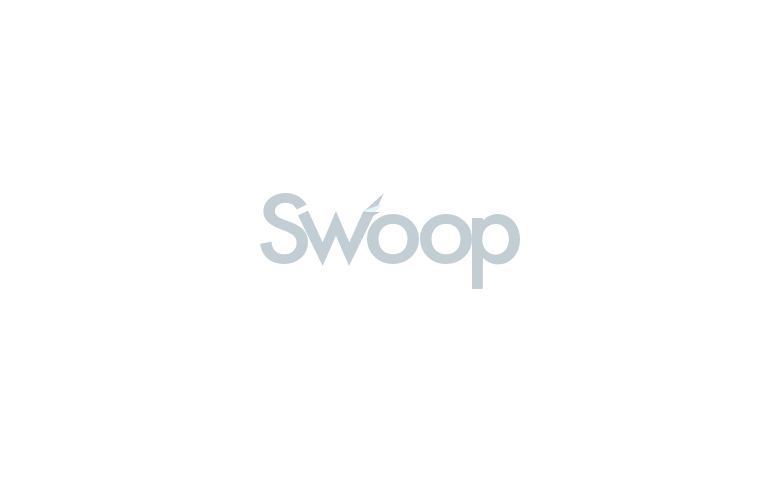According to the Federal Reserve, the average small business loan is $663,000. Of course, that’s based on data from 2017. The SBA reports:
SBA 7(a) loan
While you can get up to $5 million for a standard SBA 7(a) loan, most borrowers in 2022 took out just under a million dollars at $999,210. The average for all SBA 7(a) loans, including the Small Loan and Express programs, was $538,903. Express loans, which are limited to a $500,000 maximum, averaged $97,097 in 2022.
The SBA 7(a) loans are the most popular loans that the SBA administers, and can be used for almost any type of business need, including:
- Working capital
- Equipment
- Real estate
- Payroll
SBA 504/CDC loan
A loan in the SBA 504/CDC program can be up to $5.5 million, but you must be able to prove that you’ll use the loan to create jobs or other economic development in your community. In 2022, the average SBA 504 loan clocked in at $972,506.
SBA 504/CDC loans can be used to fund commercial real estate purchases, improvements on land or existing buildings,
SBA veteran loan
Veterans can qualify for SBA loans, specifically through the SBA 7(a) program. Unfortunately, the SBA doesn’t separate out their loan amounts for loans to veterans, and the average loan amount will depend on what the borrower intends to use the funding for. However, all of those loans are lumped into the overall average amount for all SBA 7(a) loan programs, which averaged $538,903 in 2022.
SBA minority loan
The SBA doesn’t have a specific program targeted at minority owners, but in 2022, they reported that three-quarters (76%) of SBA microloans were granted to businesses in underserved communities, including minority-owned businesses. They reported that in 2022, the average loan size in the microloan program was $13,000. The maximum loan amount for an SBA microloan is $50,000.
SBA loan for women
Again, there is no SBA loan specifically for women-owned businesses. But women-owned businesses may benefit from applying for SBA 7(a) loans and SBA Express loans, as well as SBA microloans. SBA Community Advantage loans are another option for women, with loan amounts between $50,000 and $250,000. These loans can be used like other SBA 7(a) loans for a variety of reasons. Most women-owned businesses use SBA loans for working capital, equipment or commercial real estate.






 yet? Register here!
yet? Register here!